

James Wong
2026 Nissan Ariya review
3 Days Ago

Senior Contributor
The fact that electric cars are fast isn’t new news, but the reality is that they could be considerably more efficient and, therefore, greener and more sustainable, if they weren’t able to be so quick.
That’s according to electric car brand Polestar’s head of sustainability, Fredrika Klaren, who spoke with Australian media this week about the brand’s future direction and why it wants to push for greater efficiency in its future models.
“It would be so much easier!” said Ms Klaren, when asked if making cars that were less focused on performance would help make them more efficient.
“But it’s so important that we move away from, you know, sustainable solutions [like electric cars] being… boring, from being a huge step back for consumers. Because, apparently, it’s not working,” Ms Klaren told CarExpert.

Ms Klaren has worked at IKEA and in the fashion industry in Europe, and understands that the whims of the consumer are what drive them to decide to buy a product or avoid it.
As such, she indicated that while Polestar is still a young brand in the scheme of things, it has big backing from Volvo and Geely, and that it will push for leadership in the arena of automotive sustainability.
“That’s why I’m excited to come in and work at a premium performance company, because we get to do things within that scope that are very innovative and exciting, and very needed,” she said.
“We need to tap into the drive of consumers and people all over the world to progress, and to enjoy the thrill of being human – ie, driving fast cars but doing it in a sustainable way within the planetary boundaries,” she said.
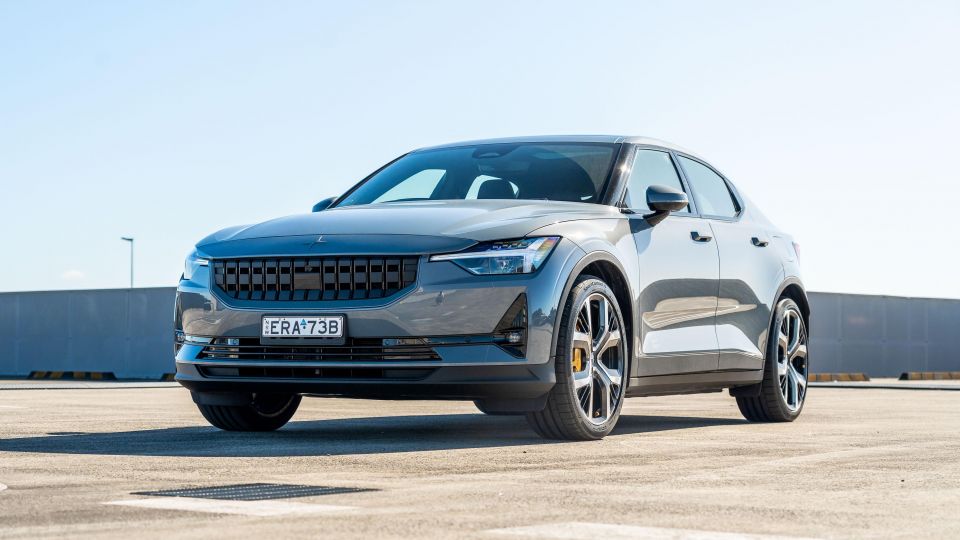
Polestar does have some serious performance cred – the Polestar 2, for instance, has a Dual Motor Performance variant with 330kW of power and 660Nm of torque, and it can sprint from 0-100km/h in 4.7 seconds.
Admittedly, that’s not as whip-fast as others like the Tesla Model 3 Performance (3.3 seconds), but the Polestar 2 is built on an existing shared architecture, and the brand won’t be able to really maximise its efficiency and performance priorities until it is working to develop its own platform technology underpinning its models.
According to the brand’s Aussie arm, that will happen with models to come in the future, such as the Polestar 5.
“Polestar 5 is a big car. The platform is big, and there’s a challenge there in really securing that it can rival that smaller car. We’re seeing that we can do a lot of improvements in the coming models based on this first car, but we can also improve this car,” Ms Klaren said.
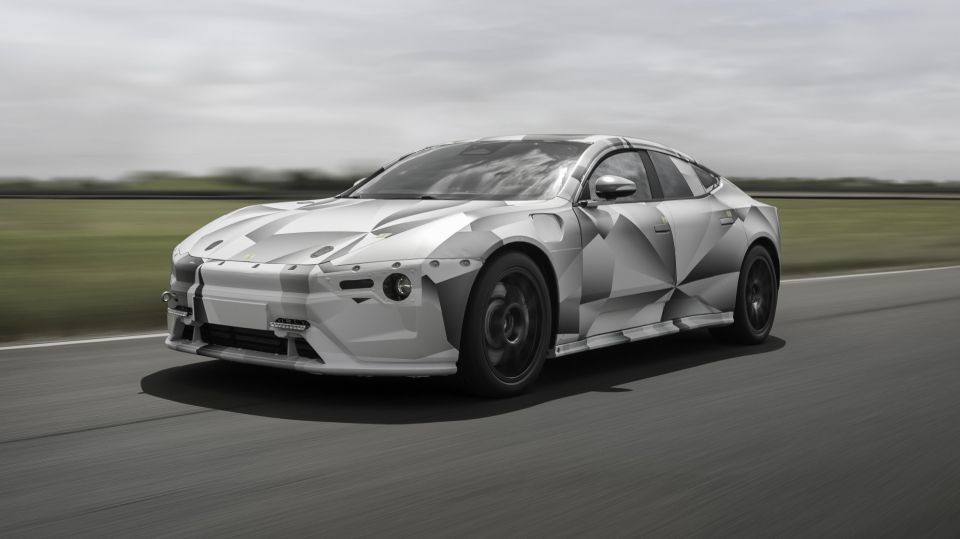
“That’s the amazing thing about cars – again, comparing to garments, [cars are] produced over such a long lifetime. So you can really come in and do great improvements along the way. So we’re working with efficiency continuously, to improve that. We know that that is, of course, a key element both for consumers and for the carbon footprint of the car,” she said.
“Weight is a big part of this, aerodynamics, too. With the Polestar 3 we’re able to show great solutions in terms of making the efficiency better,” said Ms Klaren of the new fully electric SUV that is expected to be a popular model both in Australia and in other SUV-crazy markets.
That model is said to offer up to 610km of electric driving range based on preliminary WLTP indicative data, while also offering fast charging from 10-80 per cent in 30 minutes on a 250kW fast charger.
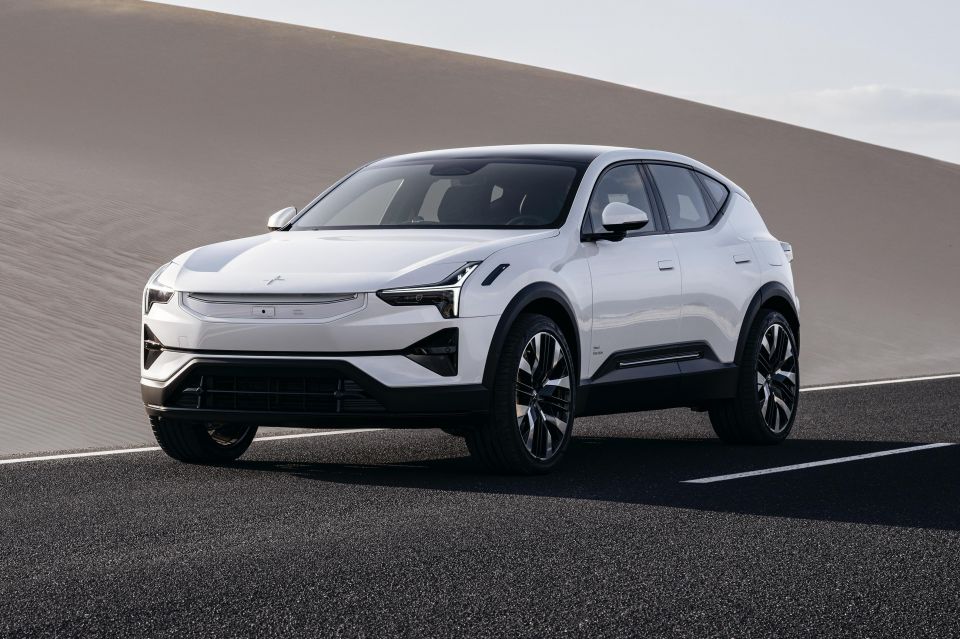
But in staying true to Polestar’s stated reason for being, the dual-motor version is also said to be able to jump from 0-100km/h in the same 4.7 seconds of the Polestar 2 crossover sedan model.
“Our customers drive is to have cars that are exciting to drive, safe to drive, but also sustainable. We mustn’t forget that it should be a thrill to live on planet Earth. And that can be a great motivator for sustainable development as well,” she said.
Where expert car reviews meet expert car buying – CarExpert gives you trusted advice, personalised service and real savings on your next new car.
Matt has more than a decade of experience in automotive journalism, and loves exploring the pros and cons of new cars, delving into deep-dive industry stories, and going for a drive just for the fun of it.


James Wong
3 Days Ago


William Stopford
3 Days Ago


Josh Nevett
2 Days Ago
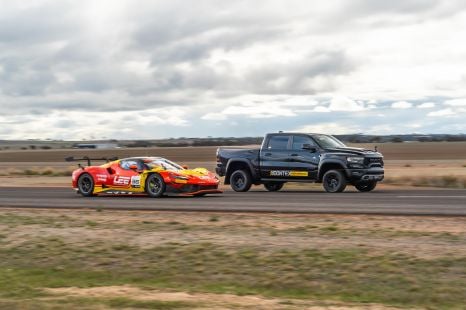

Paul Maric
1 Day Ago


Damion Smy
18 Hours Ago
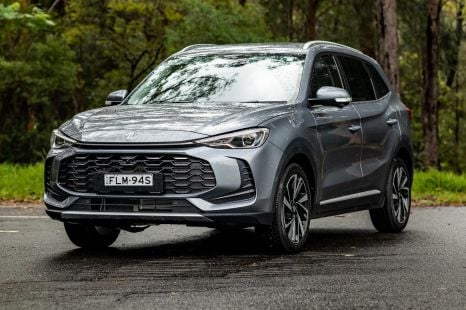

Matt Campbell
11 Hours Ago